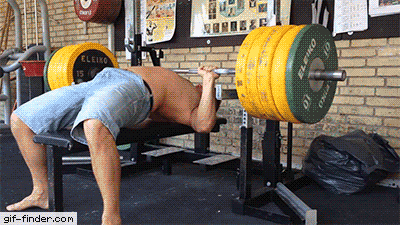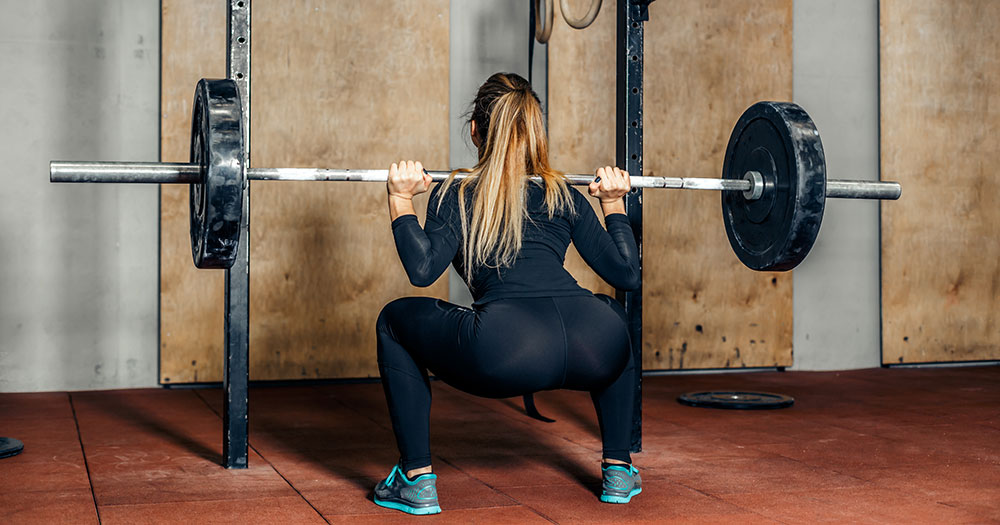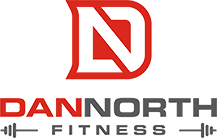Here’s what you need to know…
- Overrated doesn’t mean bad. Exercises are overrated when their popularity grossly outweighs their effectiveness for the masses.
- Hard doesn’t mean effective. Just because an exercise is challenging doesn’t mean it’s useful.
- Popular doesn’t mean effective. Similarly, just because other people are doing it doesn’t mean you have to do it.
- Find what works for you and do it. Use exercises that give you the benefit you’re looking for while minimizing your risk of injury.
Don’t believe the hype. A lot of the B.S. you find on Google is disguised as truth. And while it can be hard navigating your way through the jungle of information online, I offer this an antidote to the chaos.
Quick note: I tend to favour exercises that offer high return with little to no risk of injury. If there’s a way I can obtain the benefit of a workout without getting banged up in the process, I’m all for it. That said, the exercises below aren’t “bad”, they’re just overrated (in my opinion). Mainly because the risk outweighs the reward for most people. And there are plenty of alternatives that give you the same benefit without putting your body in harm’s way. Just some food for thought.
Here are 8 of the most overrated exercises with 8 underrated alternatives for you to try.
1. Barbell Bench Press
Yes, the bench press is one of the tried and true ways to get stronger and pack on muscle. But it’s also one of the world’s foremost contributors to chronic shoulder pain. The fixed position of the scapulae isn’t ideal for those who already have limited range of motion in the glenohumeral joint (i.e. the shoulder).
Instead of benching and exacerbating the issue further, try floor presses.

Alternative: Floor Press
Floor presses reduce the range of motion that your arms have to travel, putting less stress on the shoulders and more emphasis on the triceps.
Not only are floor presses safer for the shoulders, they’re a great way to increase your lockout strength in the bench press.
2. Barbell Back Squat
Commonly noted as the king of all lifts, there’s no doubt the back squat is here to stay. But as with the bench press, there’s a common misconception that you have to squat with a barbell behind your neck to get bigger, stronger legs.
This is simply not true.
Without good shoulder, thoracic, hip and ankle mobility combined with adequate core strength, the back squat is a disaster waiting to happen. Couple that with the fact that it’s an ego-dominant lift, and it’s no wonder so many chiropractors have thriving careers.
Alternative: Box Squat
Squatting onto a box provides depth indication and reinforces optimal squat mechanics. You’re taught to initiate the lift by pushing the hips back as you squat down to the box.
Here my client is squatting with a safety bar, which is generally easier on the shoulders since you’re gripping the handles in front of the body instead of behind the neck.
3. Barbell Deadlift
I promise I don’t hate barbells, and this is the last one on the list.
Most people can’t even bend over to tie their shoes without their lower backs aching. Then they go to the gym and deadlift with turtle shells for spines.
The deadlift is a great way to maximize your strength potential, but the conventional stance is a little ambitious for most lifters. You need to have great thoracic, hip, and ankle mobility just to get into your setup, which most people aren’t able to do.
Alternative: Trap Bar Deadlift
With the weight evenly distributed around your center of mass and the handles at your sides, it’s safer and easier to get into an optimal setup position when deadlifting with the trap bar.
Grow bigger, stronger legs while keeping the stress off your back. That’s a win-win.
4. Bench Dips
I was about 14-15 when I started lifting weights. And as with anyone starting out in the gym, I made a ton of mistakes.
One day, I was doing dips when a trainer came by to offer me some tips on my form. Made sense since all I felt was a pinch in my shoulders and nothing in my triceps.
Turns out this is a common issue with bench dips. Descending down into the dip puts sheer force on the front of the shoulders. And unless you enjoy throbbing shoulder pain, there are much better/safer ways to train your triceps.
Alternative: Close Grip Push-Ups
You should be doing more push-ups, regardless of your goals.
The push-up is a closed-chain exercise, whereby your hands are fixed in place and you’re pushing against an immovable object (i.e. the floor or in this variation, the barbell). This allows more freedom of movement in the scapulae (shoulder blades) and keeps the shoulders in a healthy position as opposed to dips.
The close grip push-up uses a similar arm motion in relation to bench dips without putting your shoulders in harm’s way. The barbell variation shown above also adds an element of grip work.
5. Burpees
People often equate “hard” or “challenging” to effective, which is one of the reasons burpees are so popular (and overrated). You sweat, your heart rate goes up, and you feel like you got a great workout in. Must be great, right?
Rather than beating a dead horse, read my post on 5 Reasons My Clients Don’t Do Burpees.
#TEAMNOBURPEES
Alternative: Full Body Complex
The burpee incorporates a hinge, squat, and push-up into one movement. Rather than throwing ’em all in a blender, you can separate the exercises and perform a full body complex.
For example, grab a barbell (put whichever amount of weight you can handle for all exercises) and perform 3-5 sets of:
- 5 RDL’s
- 5 front squats
- 5 push-ups
This is just one of many ways to break the burpee down into separate movements so you can focus on executing them all with optimal form.
6. Pistol Squats
Yes, pistol squats are challenging. But as with burpees, challenging doesn’t mean effective. Charley Gould has a great piece on why pistol squats are dumb HERE on T-Nation.
Alternative: Single Leg Squat
Echoing Charley’s recommendation, the single leg squat is a great alternative to the pistol squat for many reasons.
- You don’t need to keep your free leg parallel to the floor (which has no added benefit whatsoever).
- You can maintain a neutral spine throughout your set.
- You can overload the movement.
- There’s no assistance at all from your free leg.
- Single leg strength increases your athletic and running ability.
- It builds serious muscle.
- It improves coordination, core strength, and mobility all in one.
Sounds like a damn good alternative to me.
7. Forward In and Out Lunges
Have your knees ever hated you during lunges? Same. That’s until I stopped doing the forward/back variation.
Lunging forward then pushing back to your starting position with your lead leg is a tall task for your knees, and usually results in excessive force around the patellar tendon.
That’s not to say that you should never do them, but there are other lunge variations that keep the knee in a safer position while retaining the benefits of the exercise (and then some).
Alternative: Reverse In and Out Lunges
Reverse lunges keep the knee stable so you can focus on the prime movers of the exercise: the glutes, quads, and hamstrings.
8. Bosu Ball Squats
“I’m training like an athlete”. “I’m working my stabilizers.”
Unless your sport involves squatting on a trampoline, stop this exercise immediately. When you play sports, the ground doesn’t move. You do.
You get stronger by applying as much force as possible down into the ground. Squatting on a Bosu ball doesn’t allow you to do this.
Alternative: Squats on the Ground
Ditch the ball and just friggin’ squat!





